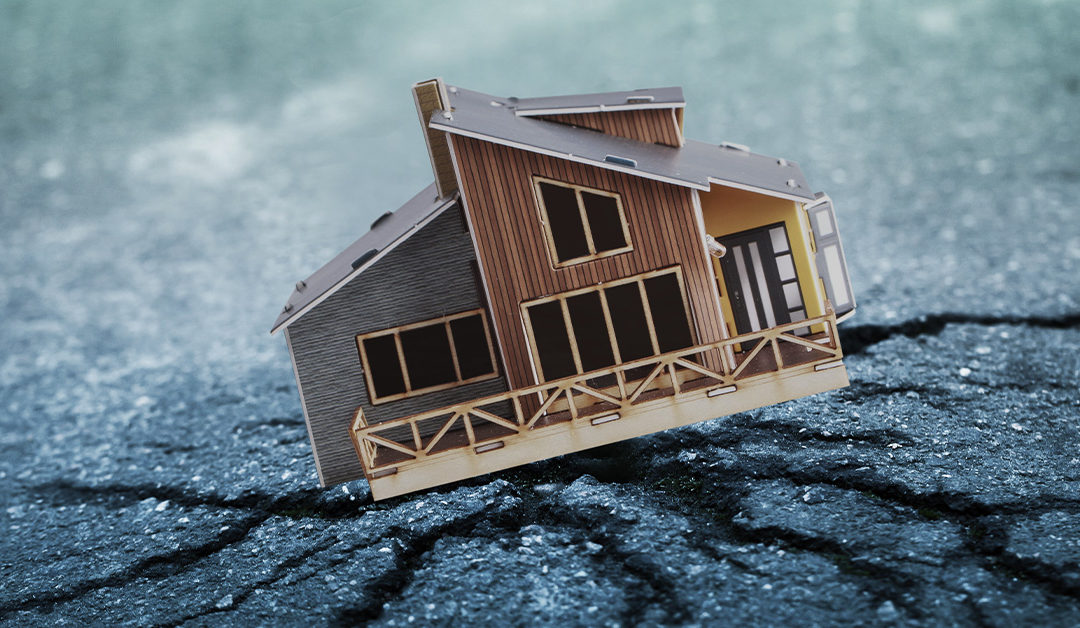When it comes to insuring your home, one of the most important aspects is making sure you have the right amount of coverage. This coverage is based on the reconstruction cost of your home, not its market value or the assessed value you might see on Zillow or from a recent property assessment. But what exactly is reconstruction cost, and how is it determined?
What Is Reconstruction Cost?
Reconstruction cost is the amount it would take to rebuild your home from the ground up if it were completely destroyed by a covered event, like a fire or a storm. This cost includes everything from labor and materials to contractor fees, and it accounts for bringing the home back to its original condition. It’s important to note that reconstruction cost does not include the value of the land your home sits on—just the structure itself.
Factors That Determine Reconstruction Costs
Several factors go into calculating the reconstruction cost of a home:
- Size and Layout of the Home: Larger homes or those with complex layouts will naturally cost more to rebuild because they require more materials and labor.
- Quality of Materials: The type of materials used in your home significantly impacts the reconstruction cost. For example, a home with custom woodwork, high-end finishes, or unique architectural features will cost more to rebuild than one with standard construction materials.
- Labor Costs: Labor costs can vary widely depending on your location. In areas where skilled labor is in high demand, the cost to rebuild will be higher.
- Current Construction Costs: The price of construction materials can fluctuate based on market conditions. If the cost of lumber, steel, or other building materials has increased since your home was built, this will be factored into the reconstruction cost.
- Building Codes and Regulations: If local building codes have changed since your home was originally constructed, the reconstruction may need to meet new standards, which can increase the cost.
- Special Features: Any special features, like custom cabinetry, high-tech systems, or extensive landscaping, can also add to the reconstruction cost.
Why Market Value or Assessed Value Isn’t the Same as Reconstruction Cost
Many homeowners wonder why their reconstruction cost isn’t the same as the market value or assessed value of their property. The key difference is that market value includes the value of the land and factors in the desirability of the location, the current real estate market, and other economic considerations. Assessed value, often used for property taxes, is also not a reflection of what it would cost to rebuild the home.
Reconstruction cost is solely focused on the cost to rebuild the structure itself, excluding the land. This is why it’s critical to rely on an accurate reconstruction cost estimate when determining your insurance coverage.
How to Ensure You Have the Right Coverage
To make sure you’re adequately covered, we will work with you to estimate the reconstruction cost of your home. This estimate is usually calculated using specialized software that considers all the factors mentioned above. It’s also a good idea to review and update this estimate regularly, especially if you’ve made significant improvements or renovations to your home.
Conclusion
Understanding how reconstruction costs are determined can help you make sure your home is properly insured. Remember, the goal of your homeowner’s insurance is to cover the cost to rebuild your home, not to reflect its market value. By focusing on reconstruction costs and excluding land value, you can be confident that you’re getting the right coverage for your most valuable asset.

